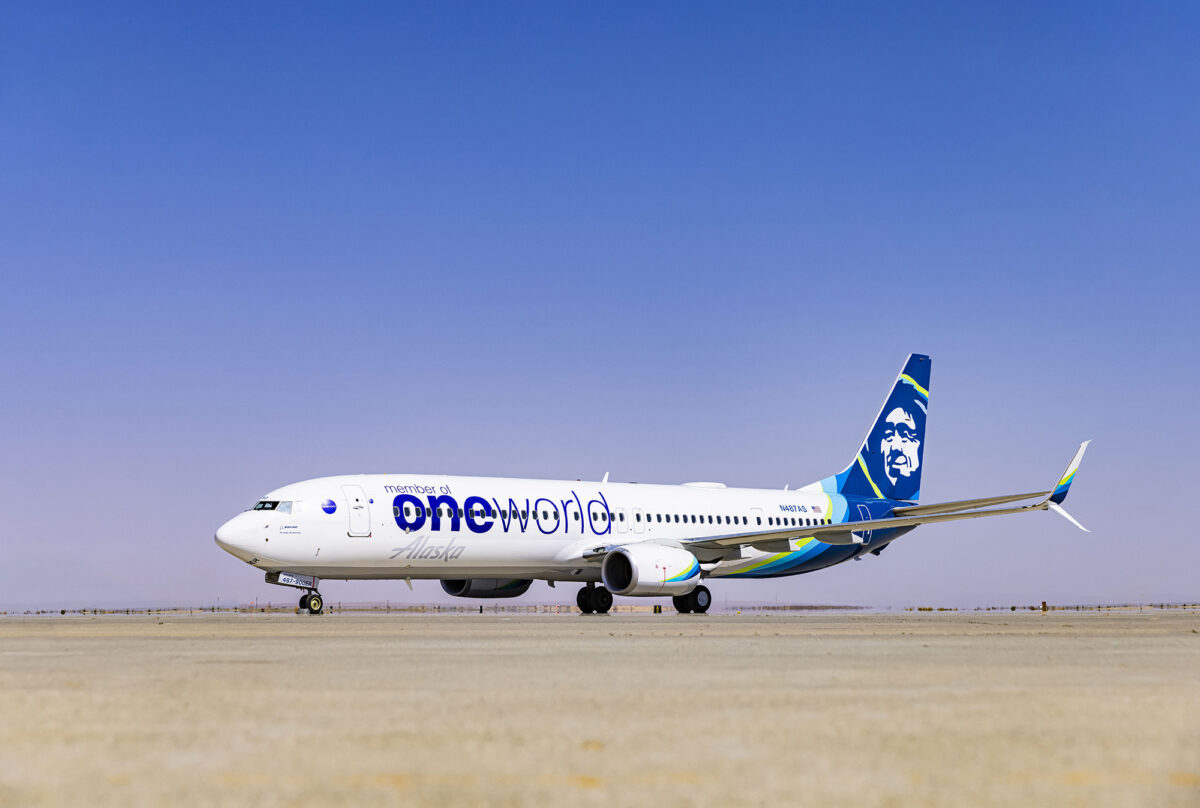Destination Marketers Face Reopening Challenge With Decimated Budgets and Staff

Skift Take
As a tourism marketer, it's truly a novel challenge: How do you convince people to visit your destination after a period where the prevailing public mood has been fear of the outside world?
But that's precisely the challenge that most tourism boards face as travel begins its slow reopening. On top of that, most destination marketing organizations are doing it with decimated budgets and staff counts that are much lower than the start of the year.
Just how much DMOs are hurting depends on their funding model, of course. In the U.S., the overwhelming majority of DMOs get their funding from accommodation taxes, which have plummeted in recent months — and won't recover to pre-crisis levels any time soon. Back in early April, Skift reported that the vast majority of DMOs had done extensive layoffs or furloughs to weather the crisis, and Don Welsh, CEO of members organization Destinations International says to date, not much has changed on that front.
Jonathan Elkoubi, creator of the Hospitality, Tourism, Travel, and Activities Recovery Registry — which is a growing database of and platform for laid off and furloughed workers in the U.S. travel sector — says a third of the several thousand registrants so far are from the DMO/CVB (conventions and visitors bureau) sector. He points out this is "problematic when you know that destination marketing is key to boosting visitation again."
As an example, NYC & Company told Skift that 55 percent of its staff is still furloughed until July 31 (furloughed staff still have paid healthcare), meaning the city will face the prospect of reopening with less than half its normal staff count.
Destinations International periodically polls its 600-plus members, which are predominantly located in North America. Welsh says that based on that polling, a significant portion of members are facing a stark reality come the end of summer: Without a funding infusion, 20 percent may be "in a situation where they're going to be either reducing more staff or the worst case scenario ... [going] out of business and ceasing operations."
"That is the worst cast scenario," Welsh said, "but I don't see tourist organizations going away entirely, but how they're funded, how they're structured, and who they report to — these [are] big issues unless funding is addressed." He pointed to the example of Newark, New Jersey's DMO, which has closed shop and may be taken over by the chamber of commerce or the city government itself.
There is some hope that cash injection may come in the form of finally being entitled to the $3 trillion CARES Act first passed in March. Organizations classed as 501(c)6 and/or state-funded organizations — virtually all DMOs in the U.S. — are still not entitled to the funding, including the Economic Injury Disaster Loans which Welsh says could help sustain and rebuild DMOs beyond the immediate recovery phase.
The U.S. Travel Association, in collaboration with Destinations International, has been lobbying Congress to include this group for months, and Welsh said he is hopeful that members may be included in the fourth phase of funding, which is forthcoming.
In the meantime, marketers will do what marketers do, Welsh said.
"Where I think there is consistency amongst our members everyone has developed a pre-opening marketing plan that's ready to go. And now the only question is when do they implement it and ... how quickly do they go beyond their local strategy."




